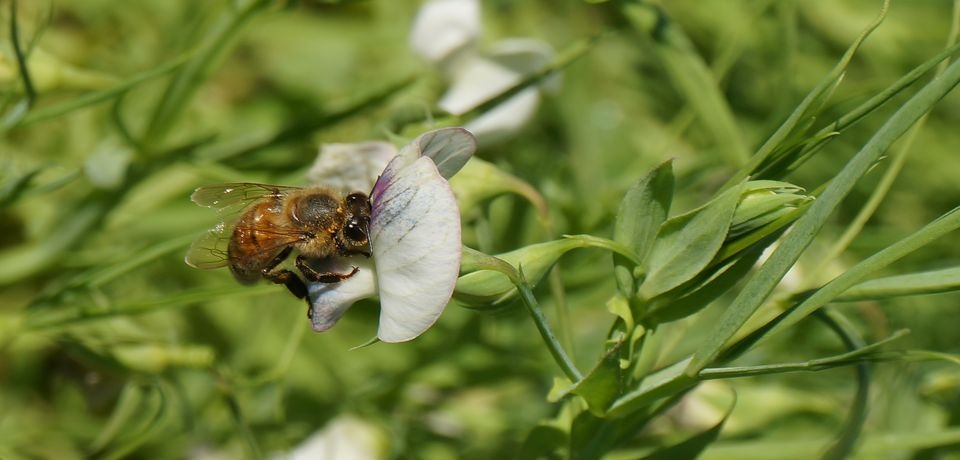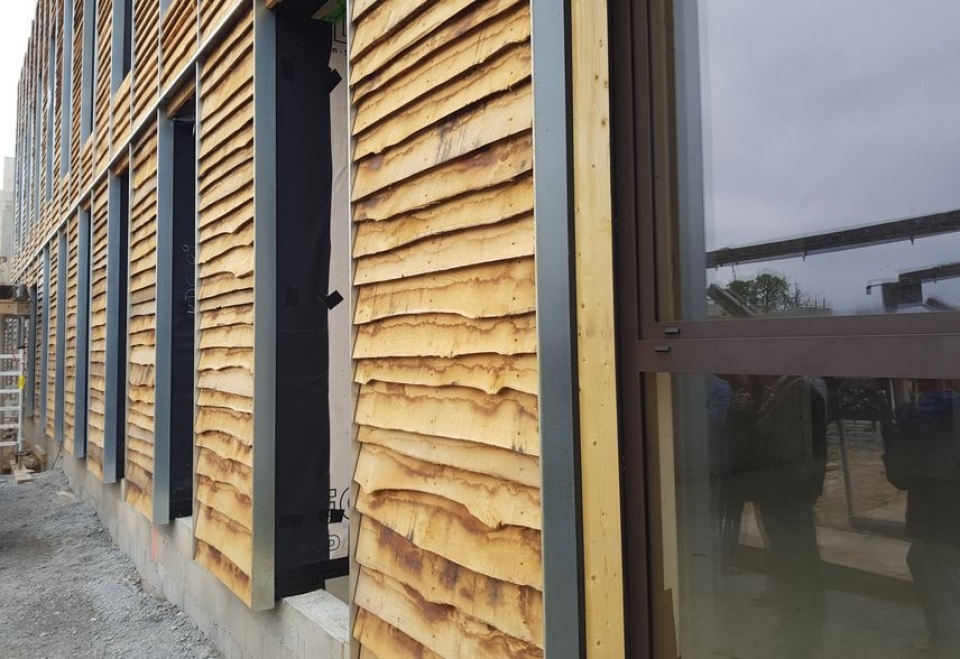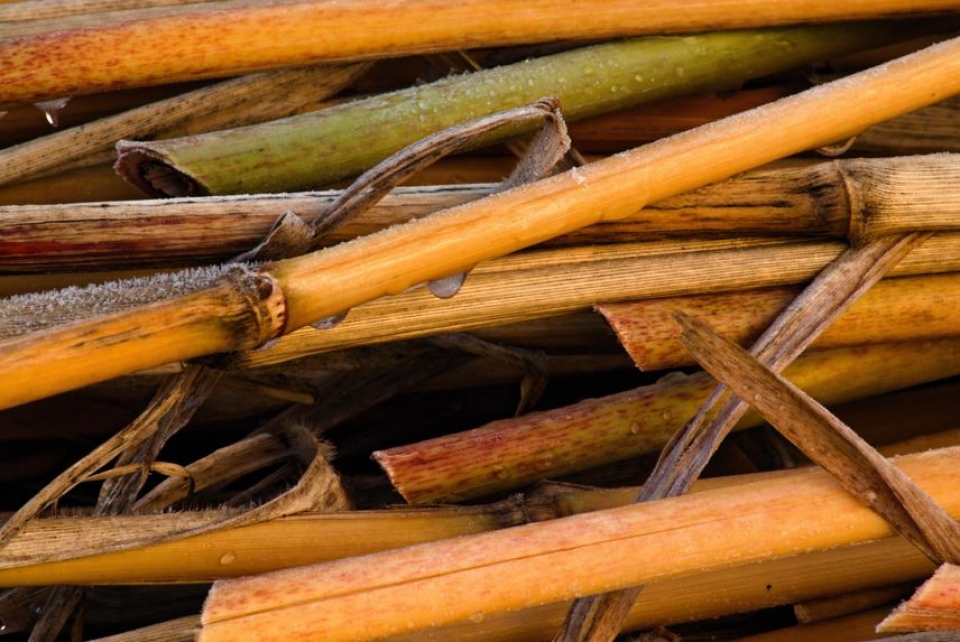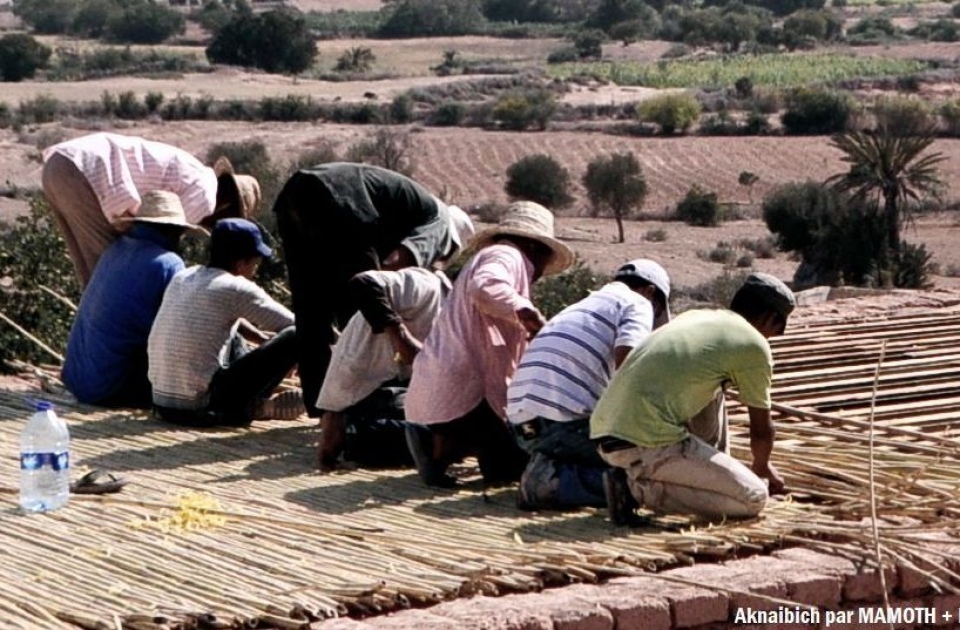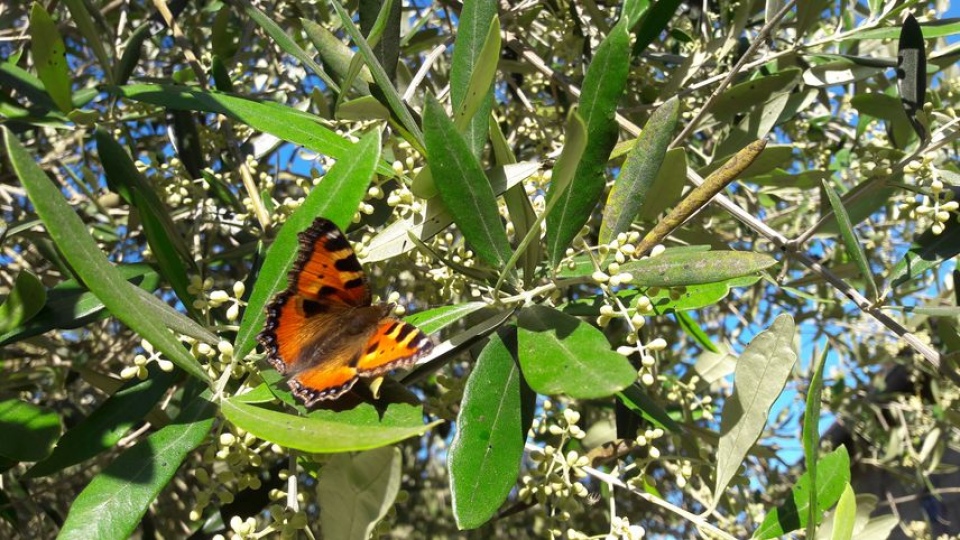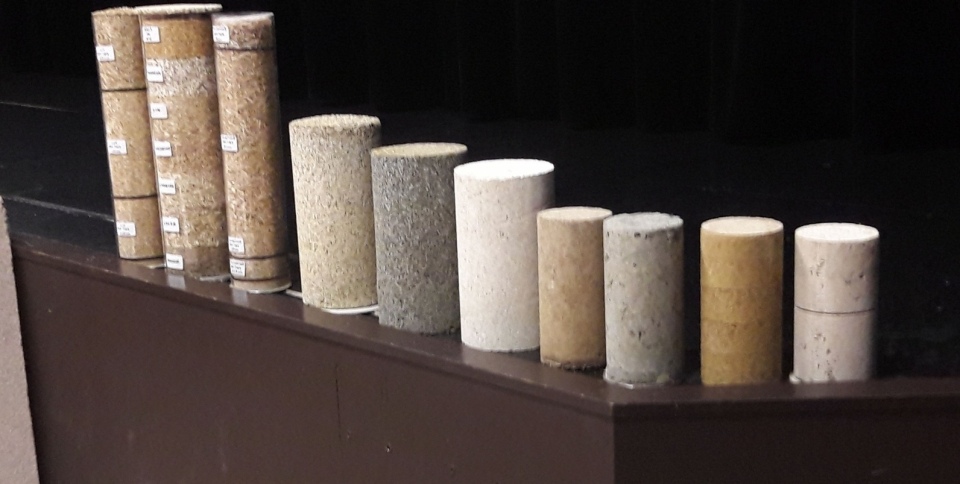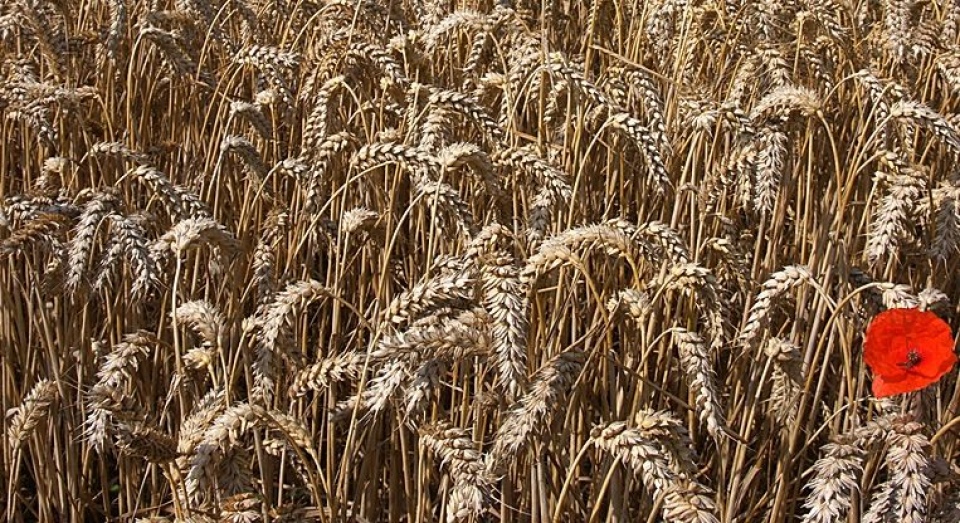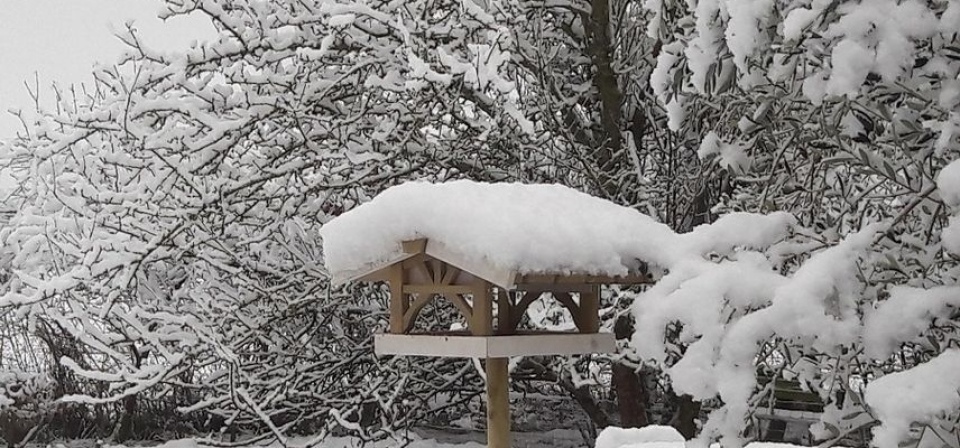Common Materials You May Not Have Realized Are Sustainable
Détails :
Hemp
 Hempcrete walls. Image © Alex Sparrow
Hempcrete walls. Image © Alex Sparrow
Hemp is used in a natural, vapor-open walling and insulation material known as Hempcrete. Hemp hurd is wet-mixed with lime to make hempcrete for cast-on-site, or pre-cast, applications. Hempcrete has negative carbon emissions as a material and hemp itself is a renewable resource, grown worldwide with little demand on water, chemicals or fuel.
Cork
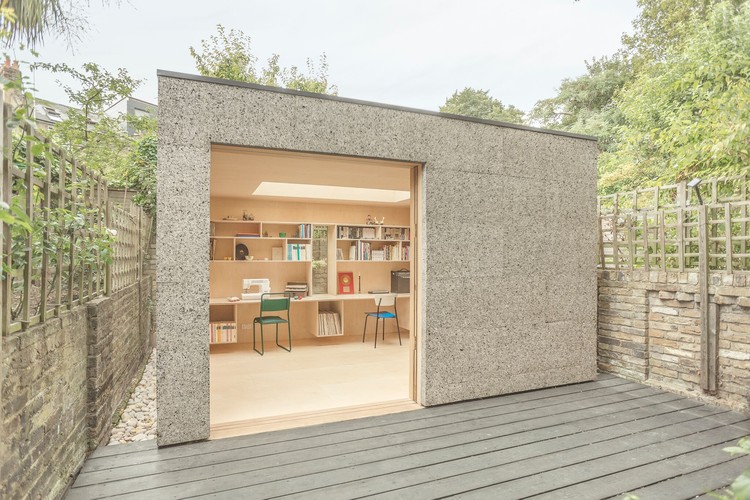 Cork Study / Surman Weston. Image © Wai Ming Ng
Cork Study / Surman Weston. Image © Wai Ming Ng
Cork is an emerging material that could be nature's solution to many of our environmental concerns. It is harvested by stripping the bark off of cork oak trees to be compressed and heated to become the cork we recognize as bottle stoppers and now cladding. The bark regrows, making cork a completely renewable material that is waterproof, an acoustic insulator and fire resistant.
Grass
.jpg?1513682765) Attika Architekten's Floating Office for Waternet incorporates thatch walls. Image Courtesy of Martine Berendsen, Bart van Hoek, and Attika Architekten
Attika Architekten's Floating Office for Waternet incorporates thatch walls. Image Courtesy of Martine Berendsen, Bart van Hoek, and Attika Architekten
Thatch is one of the oldest building materials known, however it is recently seeing a revival, particularly in Scandinavia. The air pockets within the straw are responsible for its insulation qualities, ensuring the building is warm in the winter and cool in the summer. At the same time, thatch is a biodegradable material that is easily harvested and grows plentifully.
Wool
 Flickr user GrahamPics1 licensed under CC BY 2.0
Flickr user GrahamPics1 licensed under CC BY 2.0
Used traditionally as insulation in the construction industry, adding wool and a natural polymer found in seaweed, to the clay of the brick increases the brick's strength by 37%. These bricks dry hard so there is no need to be fired like traditional bricks, reducing the embodied energy. Despite what may be thought, these bricks are more resistant to cold wet climates often found in Britain.
Bonus Material: Corn
 Ecological Pavilion / StAndré-Lang Architectes. Image Courtesy of StAndré-Lang Architectes
Ecological Pavilion / StAndré-Lang Architectes. Image Courtesy of StAndré-Lang Architectes
Used in the Ecological Pavilion by St Andre-Lang Architectes, the well-known vegetable fills the inside of the walls to act as insulation. Though this may not be the most practical solution, it demonstrates the possibilities that alternate materials can offer when a little imagination is used.[...]
